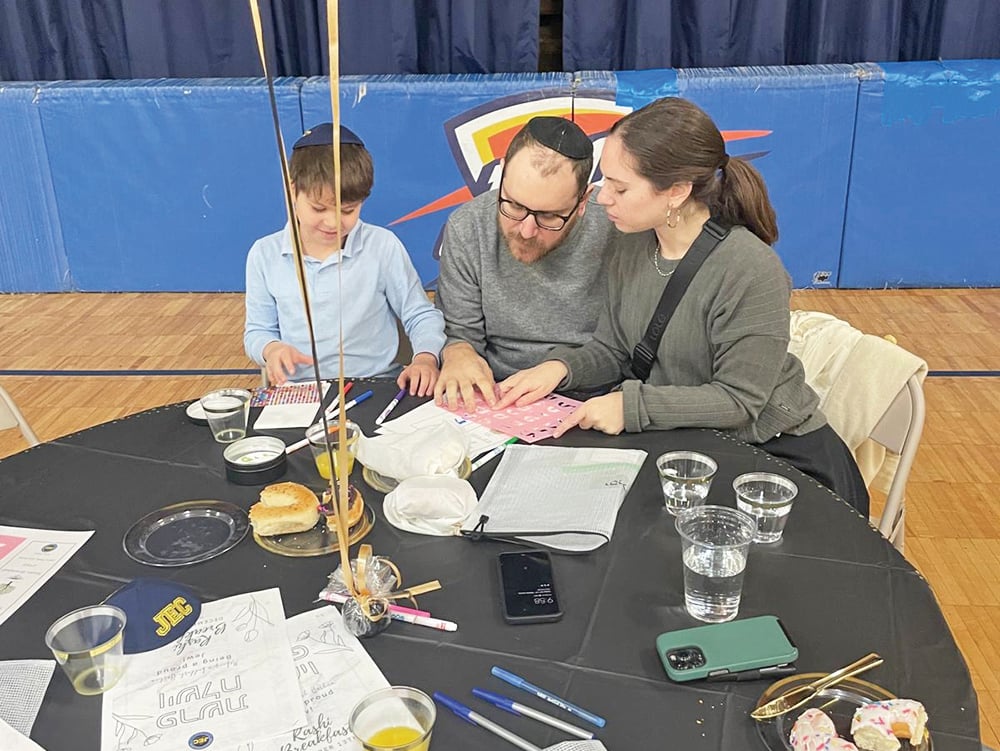
Recovery is not linear. This is a lesson that is typically taught in the beginning stages of one’s recovery process to help the individual understand that imagining a beautiful slope toward the end of struggle is unrealistic.
When I first spoke about my own history of struggles, I used the analogy of a staircase: There was a staircase that led to my disorder—a jumble of events and predispositions, not a single incident—and a staircase of factors that led to my ultimate full recovery. I was sure to note that I went up and down certain stairs a number of times, highlighting that it was not that I simply stepped up consistently toward freedom. When I recall my earlier speeches, I realize that I forgot to highlight the amount of time I stayed on one single step of that staircase, unmoving. Or perhaps it felt like I was stationary—to myself and those around me.
I am one story, the story I know most intimately. When I share my story, it is in the recognition that there are common factors with the stories of others, and that sharing can offer support. I think of so many individuals who feel—or want to remain—stuck on that single step, a step on the staircase of hope. Change can be terrifying, and letting go of what served a purpose or what has been familiar is painful. Learning to feel and cope differently, to explore what lies beyond—including identity, changes in relationships, responsibilities, vulnerability, pain—can all feel like it is too much to bear.
This can easily lead individuals to want to—consciously or not—stay stuck. I have heard so many folks say through the years, “I know that I can’t go backward, but I’m also not ready to go forward. I just want to maintain where I am.” It has already felt exhausting to get to where they are, an exhaustion that is often unseen by others. To think about continuing to push oneself to do or not do in the efforts of adaptive behaviors and less distress can actually bring about more distress. Struggle is often viewed as “irrational” in the sense that one would think letting go would be easier. As I’ve noted in earlier articles, letting go—for so many reasons—can bring on what feels like unbearable fear.
Sometimes people remain on that single step for a while. Sometimes that comes from an anxiety about stepping up, and so the individual settles into a new routine before it feels safe to move to another step. Other times the person panics, and steps down and then—with time—returns to that next stair. And then there are some times when the person simply does not feel ready to continue on that upward path. The person can be motivated toward change, hopeful about the future, but also grapple with wanting to “go back” and still remain stuck. These are just a few examples of what can contribute to this experience.
I wonder, could there be a benefit, even importance, to questioning whether the person is stuck, or whether it can be described as temporarily unmoving?
The journey toward recovery and change is not a fast one. It is important that time be given to all the stages of the process, that the person not be rushed. People can remain in that murky middle part of the journey for a while and still be working toward the change that is ultimately desired. It is not our place to judge the stagnation, only to support the person, to help the individual explore the stagnation.
There is a difference between not moving and not being open to the movement. Sometimes people feel that “this is enough” and that living life in the middle of this staircase is such an improvement, and that change feels so scary that there is a willingness to settle. Sometimes people know it is time to keep climbing but deny being able to do so. Pausing is okay. It means there is time to practice. What we can do is encourage one’s eyes to be kept on the horizon of hope—change and climbing, if you will. To encourage pride in progress thus far and to note that sometimes time is needed for this progress to be implemented and to feel second-nature or automatic. And then to offer support when the person may know it is time to climb but feels afraid.
We can ask, “Would it be supportive for me to sit with you on this stair, or would that be enabling you, since you are ready for more?”
The middle part of the journey is the longest. It is one when people feel pressured and invalidated since the murky, middle, grey area is typically the most overlooked and misunderstood.
It is okay if you are feeling stuck. You’re still on the staircase. You may continue to climb up and down, but just know that you are never truly going backward. Remaining on those stairs altogether is a measure of your strength. Climb and rest and feel your feelings—whether you are on your own journey or whether you’re a supporter.
Life is so much more than maintenance and stagnation. And, life is also about the climb.
Temimah Zucker, LCSW works in private practice and is licensed in both New York and New Jersey, working virtually at this time. Temimah also works as a supervisor at Monte Nido Manhattan and is an adjunct professor at the Wurzweiler School of Social Work in addition to speaking on the subjects of mental health, body image and eating disorders. To learn more or to schedule a consultation, visit www.temimah.com













